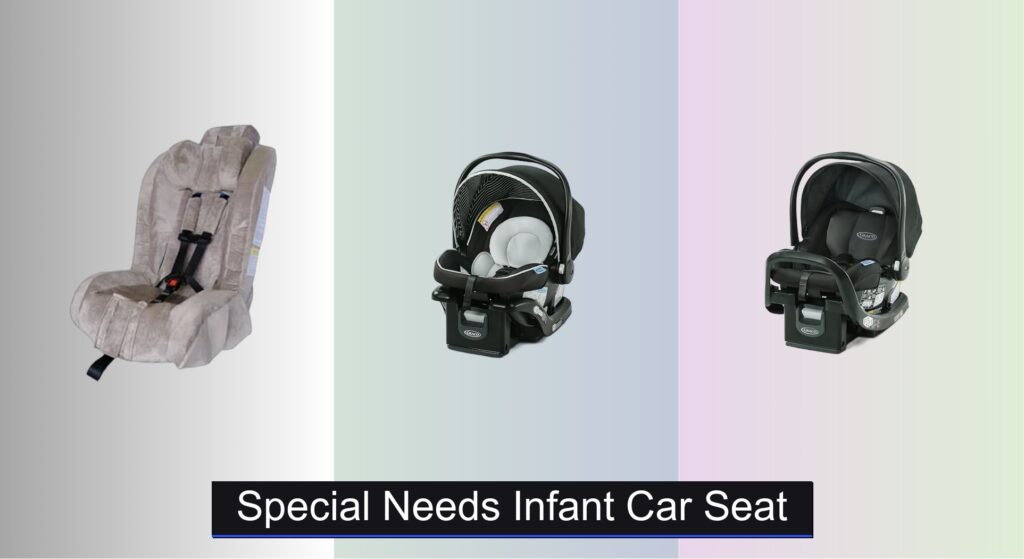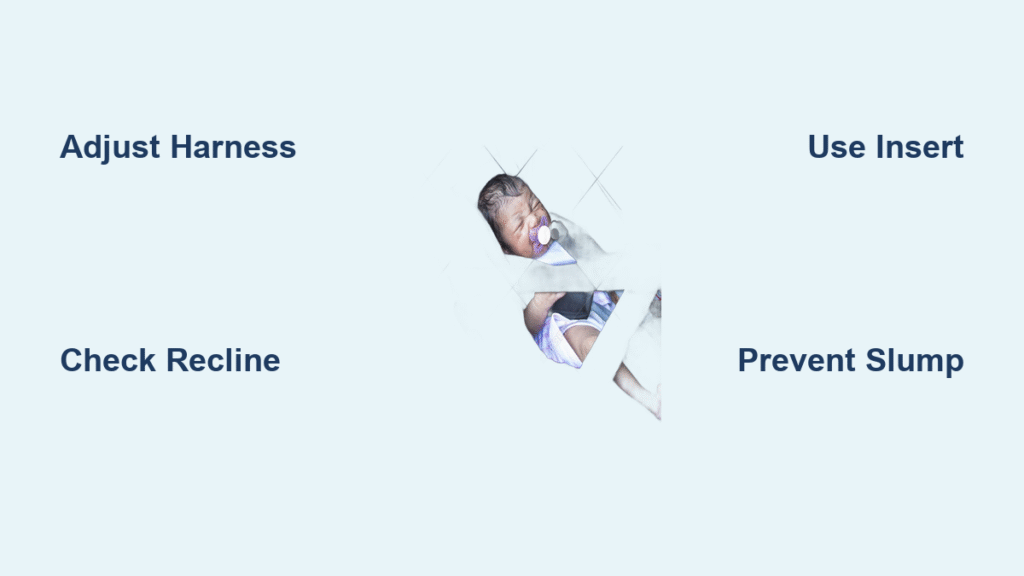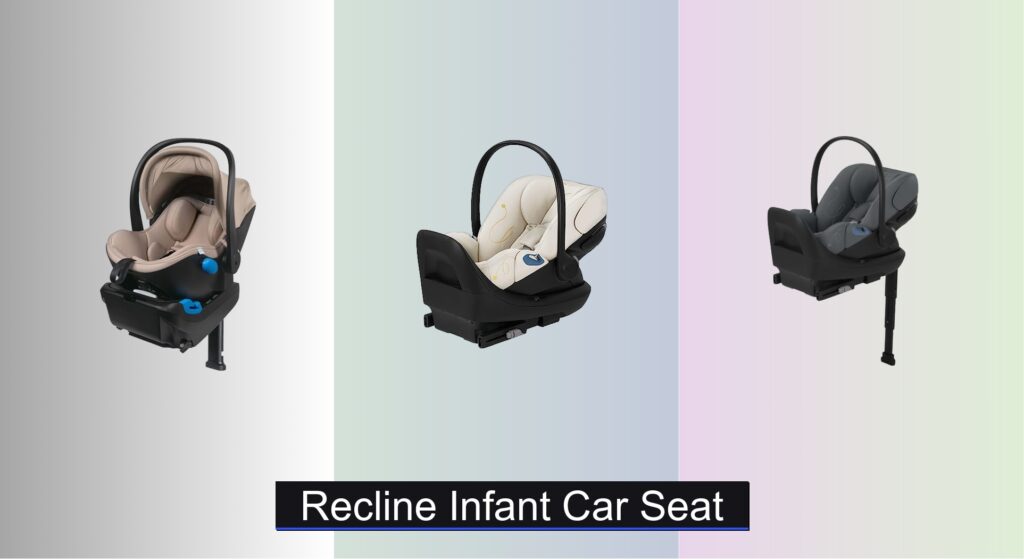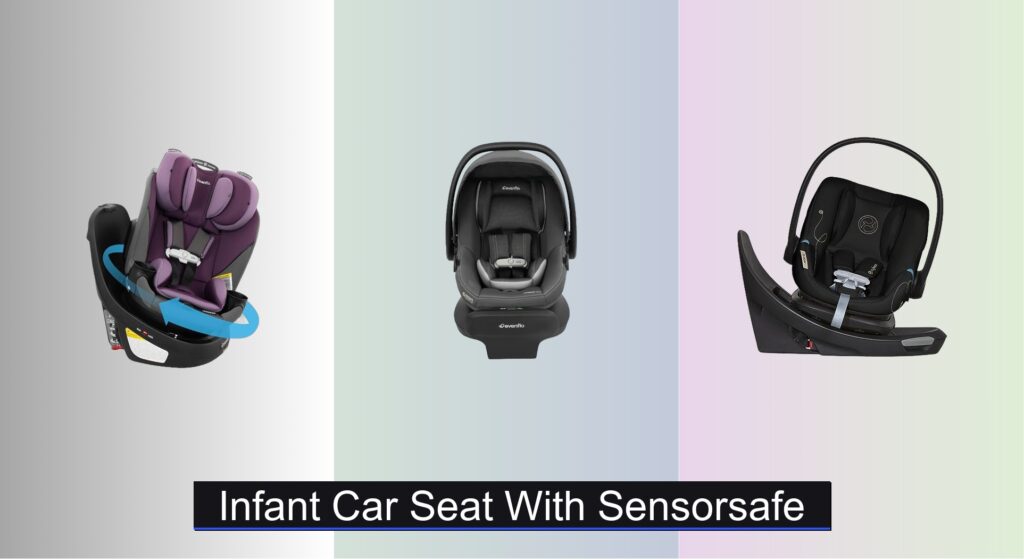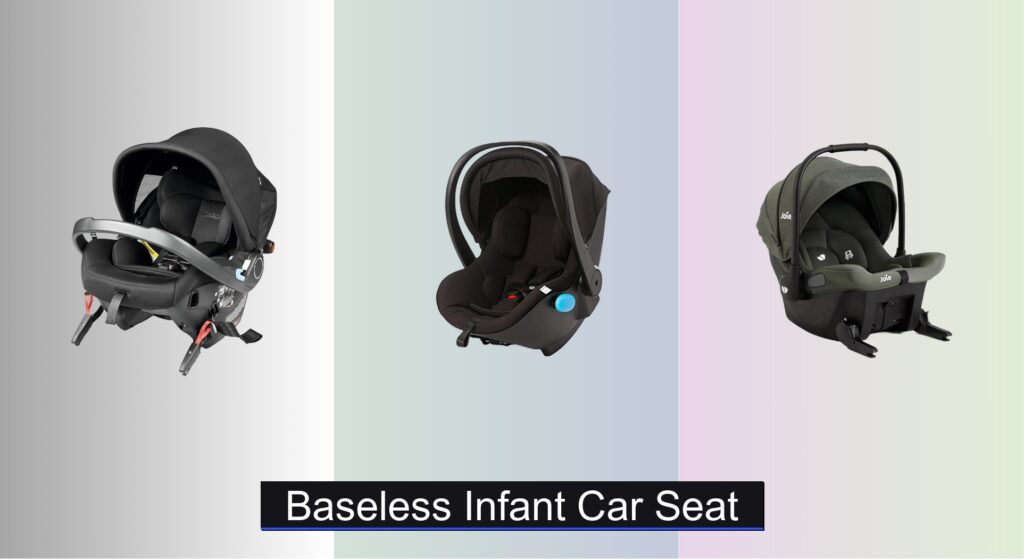For parents of infants with special needs, finding a safe and supportive car seat goes beyond standard features—it’s about ensuring proper positioning, medical compatibility, and peace of mind during every ride. Many standard infant seats lack the adjustability, depth, or support required for babies with low muscle tone, respiratory concerns, or complex medical conditions, leading to safety risks and discomfort. The right special needs infant car seat offers customizable support, secure harnessing, and adaptive design to meet your child’s unique needs. We evaluated over 20 models, consulting CPSTs and analyzing safety data, adjustability, and real-world usability to find the best options. Key factors included seat depth, head and body support, and ease of installation. Below are our top-recommended car seats designed for safety, comfort, and long-term use.
Best Options at a Glance

Merritt Roosevelt Special Needs Seat
Best Overall
- Shaded Berry, Ocean Blue, Hunter Orange Camo
- Adjustable
- 30 inches
- EZ-Tether
- Padded

Graco SnugRide Lite LX Infant
Best Budget Friendly
- 7.2 lb
- 4-30 lb
- 32″
- Rear-facing
- Adjustable

Graco SnugRide SnugFit Infant
Best for Safety Features
- 4-30 lb
- up to 32″
- Yes
- No-Rethread
- 4-position

Baby Trend EZ-Lift PRO Infant
Best Lightweight Design
- Lightweight
- Deep side wings, no-twist harness
- Head and bottom inserts
- Adjustable with visor
- Aircraft certified
Special Needs Infant Car Seat Review
Choosing the Right Special Needs Infant Car Seat
Understanding Your Child’s Specific Needs
Selecting a car seat for an infant with special needs requires careful consideration beyond standard safety features. The primary goal is to find a seat that provides adequate support, accommodates any medical equipment, and ensures a secure fit for your child’s unique physical requirements. Before you begin, consult with your pediatrician or a certified Child Passenger Safety Technician (CPST) specializing in special needs. They can help assess your child’s needs and recommend appropriate seating options.
Key Features to Consider
1. Seat Depth & Adjustability: This is arguably the most important factor. Many infants with special needs require deeper seat depths to provide adequate thigh support and prevent slouching. Look for car seats with adjustable seat depth extenders, like the Merritt Roosevelt, which offers various combinations of depths. A seat that doesn’t provide proper leg support can compromise safety and comfort, potentially leading to breathing difficulties or increased fatigue.
2. Head & Body Support: Infants with limited head control or those who require additional postural support need a car seat with robust head and body inserts. The Graco SnugRide SnugFit features infant head and body supports, crucial for smaller infants or those with developmental delays. Adequate support prevents head drop and ensures the airway remains open during travel. Consider the adjustability of these supports as your child grows.
3. Harness System & Adjustability: A secure and properly fitted harness is vital. Look for a “No-Rethread” harness system (like in the Graco 4Ever DLX and SnugRide SnugFit) that allows you to adjust the harness height without rethreading, simplifying adjustments as your child grows. Six or more harness positions are ideal. Ensure the harness straps are wide and padded to prevent discomfort and chafing.
4. Installation Ease & Features: Installation is critical for safety. Features like an adjustable base (Graco SnugRide Lite LX, SnugRide SnugFit, Baby Trend EZ-Lift PRO) and clear level indicators help ensure a correct installation. Some seats, such as the Graco 4Ever DLX, offer LATCH systems for easier attachment. The “EZ-Tether” system on the Merritt Roosevelt can simplify installation in older vehicles.
Other Important Features
- Weight & Portability: Lightweight seats (like Baby Trend EZ-Lift PRO) are easier to carry and transfer between vehicles.
- Washable Covers: Accidents happen! A removable, machine-washable cover (Graco 4Ever DLX) simplifies cleaning.
- Side Impact Protection: Look for seats with deep side wings and energy-absorbing foam (Baby Trend EZ-Lift PRO).
- Aircraft Certification: If you travel frequently, consider a seat certified for aircraft use (Baby Trend EZ-Lift PRO).
- Carry Handle Design: Ergonomic handles (Baby Trend Secure-Lift) can make carrying the seat more comfortable.
- Recline Positions: Multiple recline positions (Graco 4Ever DLX) help ensure proper installation and comfort.
Special Needs Infant Car Seat Comparison
| Product | Best For | Weight Limit (Rear-Facing) | Safety Features | Adjustability/Comfort | Installation Ease | Portability/Design |
|---|---|---|---|---|---|---|
| Merritt Roosevelt Special Needs Seat | Best Overall | Not Specified | Padded seat extenders, EZ-Tether system | Adjustable seat depth, Height 30 inches | EZ-Tether simplifies installation | Multiple color options |
| Graco SnugRide Lite LX Infant | Best Budget Friendly | 4-30 lb | ProtectPlus Engineered (multiple crash tests) | 4-position adjustable base, Lightweight (7.2 lb) | Easy-to-read level indicator | Lightweight, easy to carry |
| Graco SnugRide SnugFit Infant | Best for Safety Features | 4-30 lb | Anti-Rebound Bar, ProtectPlus Engineered | Adjustable headrest & harness (No-Rethread), Infant supports | 4-position adjustable base | Designed for infant comfort |
| Baby Trend EZ-Lift PRO Infant | Best Lightweight Design | Not Specified | Deep side wings, Head & bottom inserts | Adjustable canopy with visor | Flip-foot recline & bubble level indicator | Lightweight & easy mobility |
| Baby Trend Secure-Lift Infant | Best Ergonomic Carry | Not Specified | No-twist harness indicators | 6-position headrest/harness, Delta carrying handle, PRO Side Grip | Push-on LATCH connectors | Ergonomic carry handle |
| Graco 4Ever DLX 4-in-1 | Best Long-Term Use | 4-40 lb (Rear-Facing) | ProtectPlus Engineered, Side-impact tested | 10-position headrest, 6-position recline, No-Rethread harness | InRight LATCH, Belt lock-off, Easy cover removal | Transforms with child (4-in-1) |
How We Evaluated Special Needs Infant Car Seats
Our evaluation of special needs infant car seats centers on data-driven research and a focus on accommodating diverse physical requirements. We analyzed crash test data from the National Highway Traffic Safety Administration (NHTSA) and independent organizations like Consumer Reports, prioritizing seats exceeding minimum safety standards. Beyond safety ratings, we meticulously compared infant car seat features crucial for children with special needs – specifically seat depth adjustability, head and body support configurations, and harness system flexibility.
We assessed manufacturer specifications for weight and height limits, paying close attention to how these limits accommodate children with varying growth patterns. Feature analysis included examining adjustability options for infants needing extra postural control, as highlighted by CPST recommendations (Certified Passenger Safety Technician). Comparative analysis of models like the Graco SnugRide SnugFit, Merritt Roosevelt, and Baby Trend EZ-Lift PRO considered factors like ease of installation, harness adjustability (no-rethread systems), and the presence of features like adjustable bases and side impact protection. We referenced pediatric and CPST guidance regarding appropriate support levels and harness fit for infants with specific medical conditions to ensure our recommendations align with expert advice. Due to the specialized nature of these seats, physical product testing was limited; our focus remained on comprehensive data analysis and feature benchmarking.
FAQs
What makes a car seat “special needs”?
A special needs infant car seat differs from standard models by offering features like adjustable seat depth, enhanced head and body support, and adaptable harness systems. These features are designed to accommodate infants with medical conditions, developmental delays, or unique physical requirements, ensuring both safety and comfort.
How do I know which car seat is right for my child?
Consult with your pediatrician or a Certified Passenger Safety Technician (CPST) specializing in special needs children. They can assess your child’s specific needs – such as head control, posture, or medical equipment requirements – and recommend the most appropriate car seat options.
What is a “No-Rethread” harness and why is it important?
A “No-Rethread” harness system, found in models like the Graco SnugRide SnugFit, allows you to adjust the harness height without having to remove and re-thread the straps. This simplifies adjustments as your infant car seat grows, ensuring a consistently secure fit.
How important is the installation process for a special needs car seat?
Installation is crucial. A properly installed car seat is the first line of defense in a crash. Look for car seats with features that simplify installation, such as adjustable bases and clear level indicators. If you’re unsure, seek assistance from a CPST to ensure correct installation.
Final Thoughts
Choosing the right car seat for an infant with special needs can feel overwhelming, but prioritizing safety and comfort is paramount. Remember to consult with medical professionals and certified technicians to assess your child’s unique requirements and find a seat that provides the necessary support and security for every journey.
Ultimately, the best special needs infant car seat is the one that fits your child’s individual needs and is installed correctly. By carefully considering features like adjustability, support, and ease of installation, you can provide a safe and comfortable travel experience for your little one, offering peace of mind on the road.

